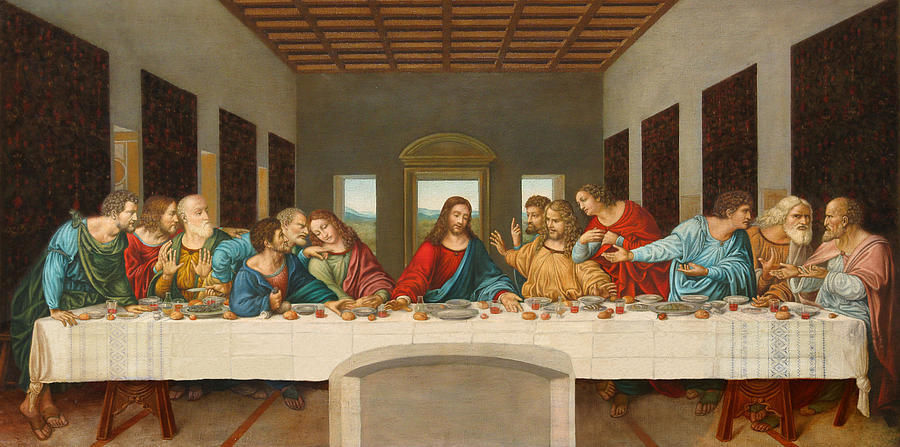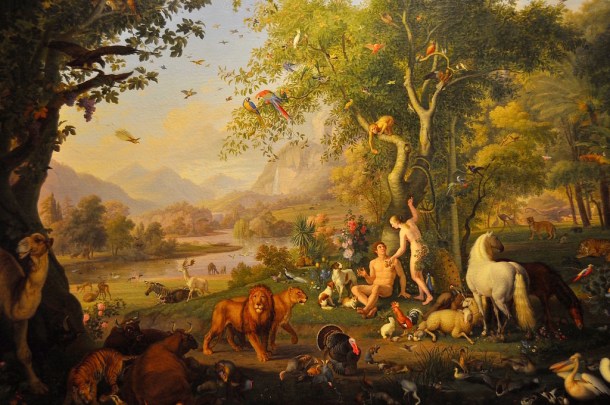What can go wrong on the first trip going back in time?
Curious?
If yes, please delve into the flash fiction piece below…
If not, go elsewhere but keep in mind that fiction is the only viable way of time traveling in our era 🙂
CHRONODEMIC by Baris Cansevgisi
Releasing a soundly groan, Marlon opened his eyes on the ground. It was pitch black everywhere at his level of sight, but the guiding faint lights of the distant stars, illuminated the sky making sure the sky was still there. It was amazing! The awe in this sight quickly withered away as small rocks and pebbles started digging into his back, so he rolled on one side and forced himself up, still trying to keep his eyes fixed on the stunning night sky above… unassisted in the faint illumination of the surroundings. It was enough for his eyes to adjust to the dark void he initially thought he’d found himself in.
The journey had really taken its toll on Marlon; alongside the fatigue, the slight back pain and the nausea he was warned about, he felt much more battered than anticipated. His vision was blurry, his right wrist hurt and he shivered uncontrollably for a moment or two, out of chilliness in the air combined with a hint of eerirness he suddenly felt. This was his first journey. He checked the device strapped onto his hurting wrist and got a reading: It was 189 Sol 2019. He was off for 30 years. The device should have sent him a few days prior to the ‘Grand Launch Day’, the very sol to witness his home world getting the kickoff for its colonization– Mars… once called the red planet, was now much greener than Earth in 2103.
Marlon knew he had to wait at least two and a half sols to allow the wearable time travel device to recharge itself to be able to make the jump forward to his time. Then, he would have to recalibrate the device– which was impossible in this time with the technological advancement of the trimmed cavemen here, and make one journey back to the correct time: The Grand Launch Day. At least, delays were never a concern once the concept of time itself is mastered. He could still be at the launch, perhaps even a week in advance to enjoy a little bit more of the past. Not too much though… he knew he should focus more on why he’d come here. It was a matter of life and death!
Marlon was vagabonding in the mostly empty streets when a young woman in her early twenties ran towards him from the opposite side of the street. She stopped and placed her hand onto his shoulder. Feeling uneasy, Marlon was about to take a step back, but he remembered that ancient people tended to touch, use hand gestures and other outdated skills when communicating.
“Are you lost?” the woman asked with a curious look.
Marlon bent his arms back and held them together behind his back before activating the historical translator with a touch to the device. The language hadn’t changed much, but he didn’t want to sound weird by using popular expressions of his time like ‘synthastic’ or ‘benevalous’. He recited the mechanical voice that echoed in his mind: “Nah, I’m alright,” he said, smiling the best he could. “I am exploring!”
“Ok, but you shouldn’t be out… exploring here so late… it’s dangerous you know, where are your -czzzzt-” the woman said after taking her hand off Marlon’s shoulder. The last word she said remained a mystery as the translator crackled in the exact moment by some kind of interference. He was hoping it wasn’t damaged for good. Marlon just pointed to a random direction to stop any upcoming questions from the woman, hoping his answer would satisfy her… whatever her question was. The woman looked towards where Marlon had pointed out and half-satisfied, nodded her head before going on. “Chilly too, you might get sick. Here!” The woman untied her out-of-place denim jacket loosely covering her lower waist and placed it on Marlon’s shoulders.
Marlon nodded, said thanks, smiled again while thinking if he was overdoing it and then started walking in the opposite direction. When he peeked back, he saw the woman on her hand-held communication device. People of this era were weird in every way. But, a good kind of weird.
He wasn’t very far when Marlon heard the approaching sound of sirens– annoying repetitive, high-pitched cacophony! He juggled his mind to remember the use of the horrid audio from history lessons, but his memory failed him… or perhaps it was because history lessons never grabbed his attention. And all this journey was because of that. He was about to fail history class unless he handed in a perfect paper outlining the most significant event in the 21st century. That was surely the Launch Day. Failing history meant a lifetime career of mining asteroids where automation of labor was too expensive. So, indeed it was a matter of life and death for him.
Every educational subject in 2103 had to be taught in its own unique way; astrochemistry lessons took place on satellite labs orbiting Mars with pupils being able to access holographic materials or engage in 4D simulations while history lessons were limited only to teaching through books, an obsolete idea in the form of papers sewn together– no holographic help, no simulations, no incentive for learning. It was believed that the method should suit the subject. And history was best learned with the ancient method! Time travel devices were only assigned to HOES– History Overseer, and Educators, which were only supposed to be used for research solely.
The temperature was dropping fast, so he folded the jacket and carefully placed it on the ground like a divine offering and tapped on the device to initiate the body heat control function. Warm air started surrounding him and he found himself enclosed in an invisible bubble– generating enough heat and trapping it close to the body. Then, something popped up in his mind… something he’d learned in the virology lesson– ancient viruses could make one really sick and that people were practically defenseless against mutating variations. They hadn’t mastered virology in this era and couldn’t possibly know that people of 2098 could breed different viruses in their own bodies to fend off unknown diseases. It was fighting fire with fire. Bred viruses were compartmentalised in their bodies thus not making them sick, but attacked every other foreign organism they came into contact with. It was the perfect coexistence…
Marlon checked the device and to his surprise, the viral defense system was automatically triggered upon his arrival to 2019. The pain in his wrist must have been due to the five needles extending out from the device and digging into his skin to start the colonization of the super virus. He took a deep breath of relief and started walking again.
The sirens were really close now and Marlon decided to stop and wait to see what the fuss was about. In a moment, the street was filled with cars producing the horrid sound. Men with matching uniforms and the woman who had given him the jacket got out of the cars and approached him. The man with the weird facial hair started speaking:
“Hello son, are you okay?”
The man was not Marlon’s father. But, he just nodded anyhow. The woman was now standing next to the man who claimed to be his father. She said, “Is he lost, or is he one of those kids gangs use in this area to lure people?”
“I think he’s lost… the gangs use much older kids, this one here looks ten or eleven at most.” The man bent on his knees to have a better look at Marlon. “Did he tell you where his parents were?” She asked the woman.
The woman raised her finger towards the direction Marlon had pointed out when she first met him.
The fake father looked at the old buildings the woman was pointing towards and shook his head. “Those are abandoned.” Then he turned to the other costumed men and said, “Let’s take him to the station and try to find his parents.” Marlon noticed the costumed strange men were carrying some sort of weaponry on their belts. They didn’t seem to be getting ready to attack, but he couldn’t take the risk. He was defenseless.
Marlon started running. He couldn’t understand why he was to be taken somewhere. He didn’t trust the man either as he first claimed to be his father, then screwed up and told others to find his parents. Ancient people were not good liars. Marlon ran as fast as he could and when he turned a corner, he initiated the cloaking system from the device and instantly he was invisible to the passing men trying to figure out where he went.
The next two sols, Marlon enjoyed the past by eating what they called ice cream– which was strangely not ice nor cream, went to a place called playground, where primitive gym equipment in a smaller scale were populated by kids close to his age. He even made a friend. Todd.
When the two and a half sols passed and the device was recharged, he went back to his time. Disconnected the device and fell asleep in his own time. The past had been adventurous but exhausting. When he woke up the next day, he couldn’t reactivate the device. He was terrified as he wouldn’t be able to visit the Launch Day now. No paper meant instant failure and it was impossible to nick another one. They must have remotely deactivated it he thought. After a panicky sol, Marlon calmed himself down and believed he could write the paper on Launch Day… he hadn’t been there but spending almost three sols in the past helped him to visualise how it could be… crowds, cheers, a rocket launch and live TV coverage… lots of noise. He spent the rest of the sol, inventing a story about the Launch Day.
The next sol, Marlon walked into the class proud of himself and he presented the paper to his HOE. The HOE put his marking spectacles and scanned through his paper before turning to Marlon in disbelief:
“This was supposed to be nonfiction Marlon,” he said looking at him directly in the eye.
Marlon was taken by surprise. His work couldn’t have been immediately identified as fiction as it had real life experiences which couldn’t be felt by reading books unless lived in the era. “It’s not fiction,” he protested.
“You know the most significant event in the 21st century was the pandemic of 2019, the Launch Day you babbled about never happened. It’s good fiction, but still fiction.” The HOE removed his spectacles. “I am afraid you failed, Marlon… I am sorry.”
In an instant, it all dawned on Marlon… he had changed history and thus the future… and not only his future. The Viral Defense system had manufactured a powerful virus to be able to fight off whatever the 21st century threw at him, but it just made him contagious and unaware he spread a deadly disease to people who weren’t ready to control viruses.
If only he could get his hands on another time travel device.
If only it had been invented.
THE END




































